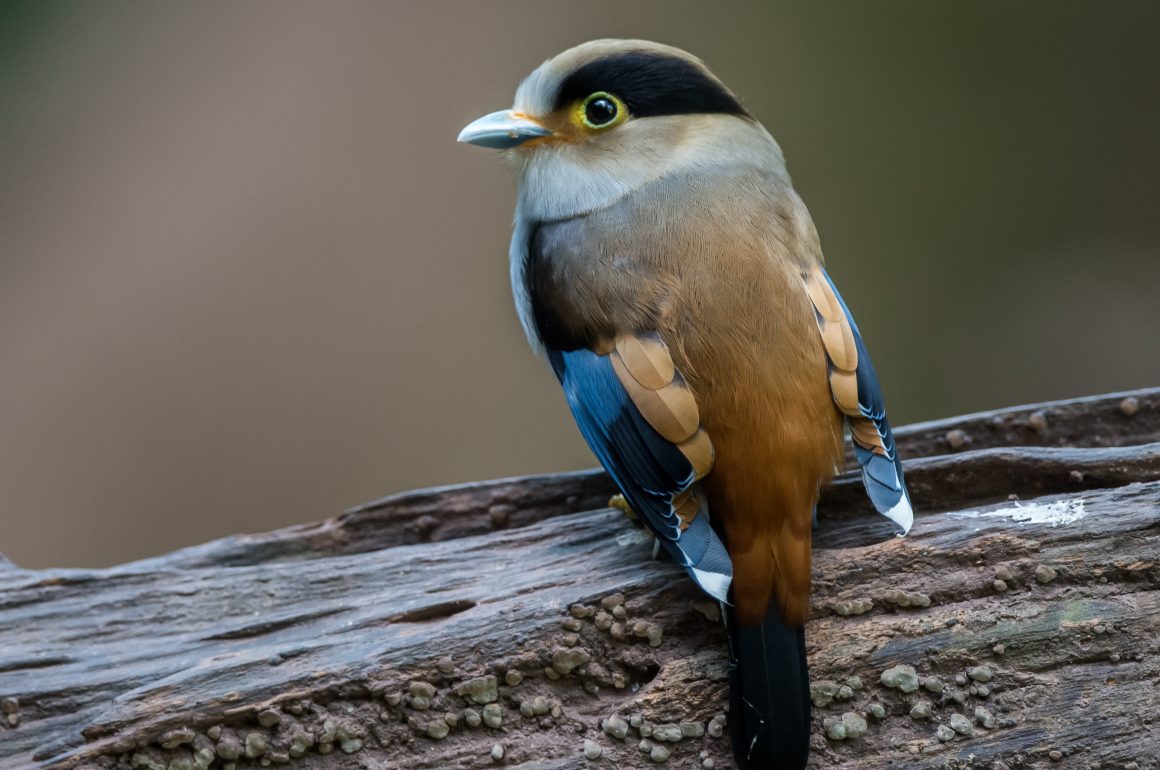
Menglun in Xishuangbanna is less than 50 km away from the Chinese border to Laos and Myanmar, and it has a big botanical garden. That means it also has many tropical birds that a foreigner living in China can see without risking to leave the country (which would mean 2 weeks of quarantine on reentry at best and complete exclusion at worst, depending on the ever-changing regulations). So, I went.
The botanical garden is huge – so huge that the Chinese visitors mainly are being driven around in electric carts, which mercifully leaves many parts of the garden relatively empty, leaving me to wander undisturbed. Predictably, the flowers attract several species of sunbirds.
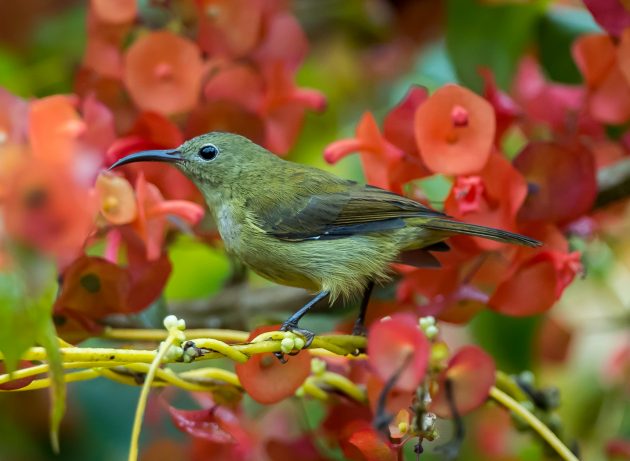
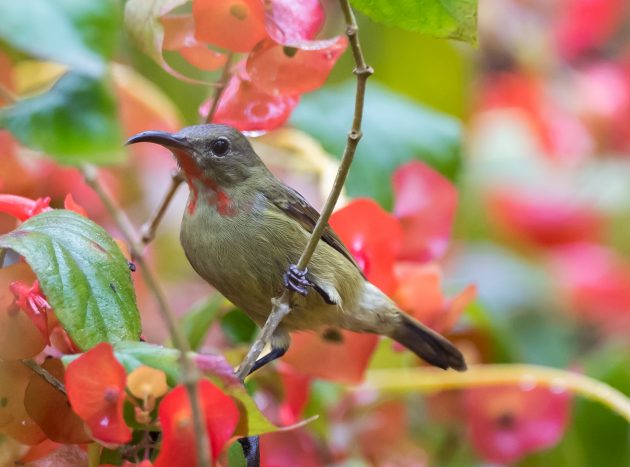
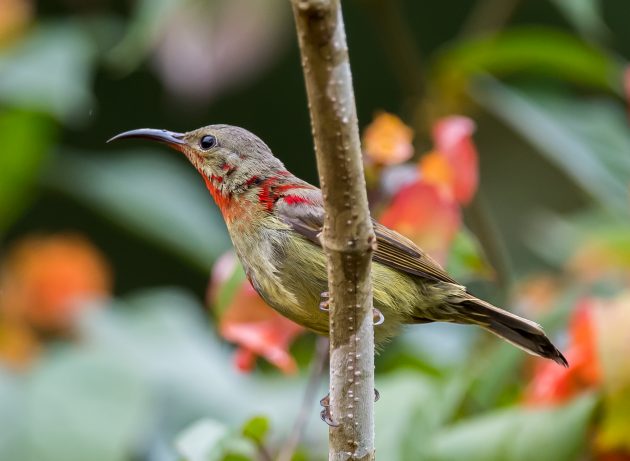
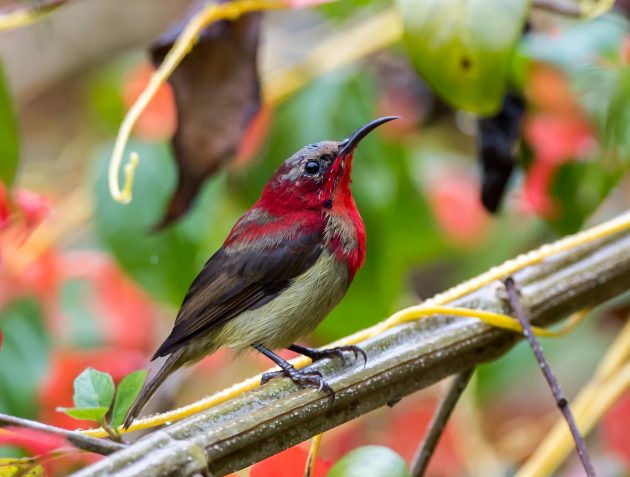
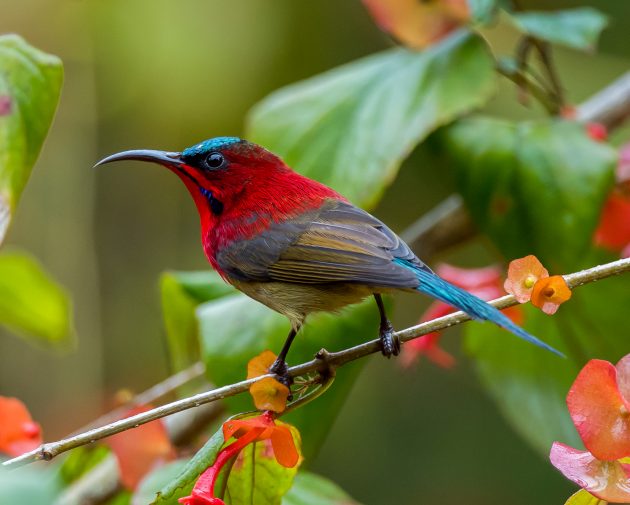
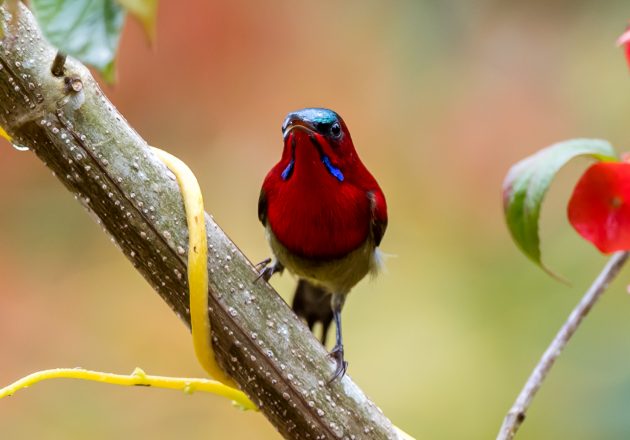
Somewhat predictably, the star among them is the adult male Crimson Sunbird. At this time of the year, there are also juvenile males in various stages of turning into bright red adults.
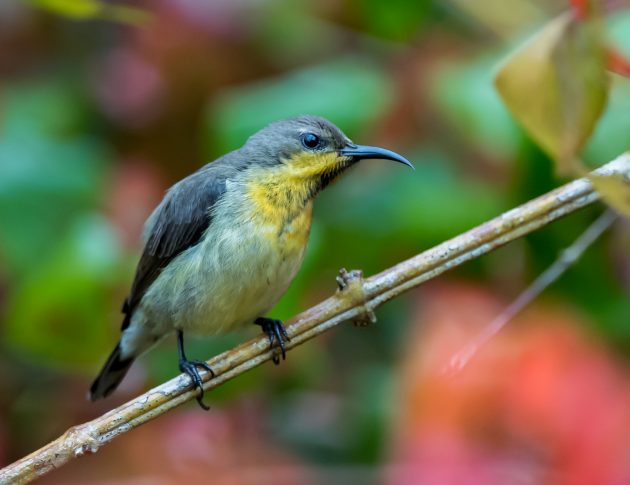
Unfortunately, the male Olive-backed Sunbird can only be seen in its somewhat unimpressive winter plumage.
This was some sort of winter vacation for me – Shanghai is relatively cold during this time of the year, mostly only a few degrees above zero. Apparently, many bird species have employed the same concept as me for a long time.
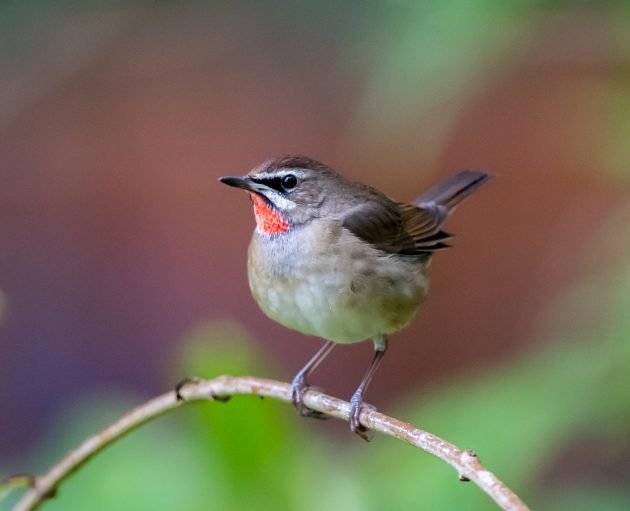
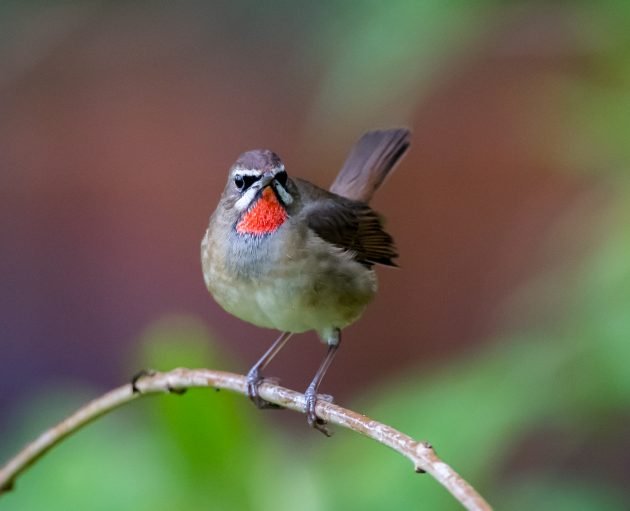
A wintering Siberian Rubythroat – it may pass Shanghai in April on its way back North.
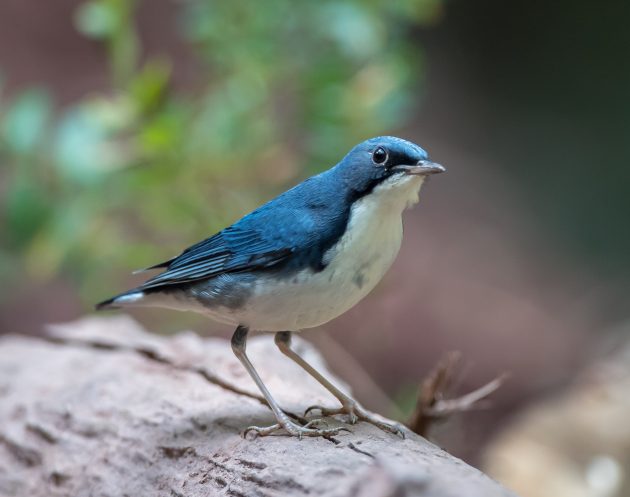
Similarly, a Siberian Blue Robin …
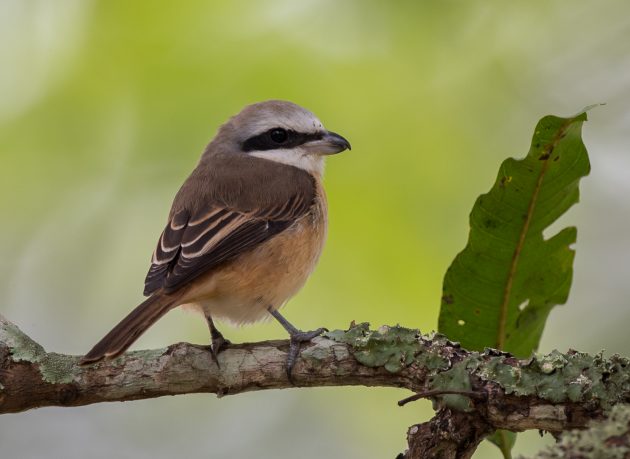
… and a Brown Shrike. Enjoy your vacation! (I am mostly adding this to annoy the people who always warn about anthropomorphizing. To me, this often misses the point. As we humans are animals, like birds are, it often seems to make more sense to me to assume that their and our drivers are similar, not different. Of course, we humans tend to give slightly elevated terms to our motives – but that does not generally mean that they are really different from those of other animals. End of irrelevant side note).
In contrast, the Burmese Shrike never makes it as far North as Shanghai, thus justifying my plane ticket.
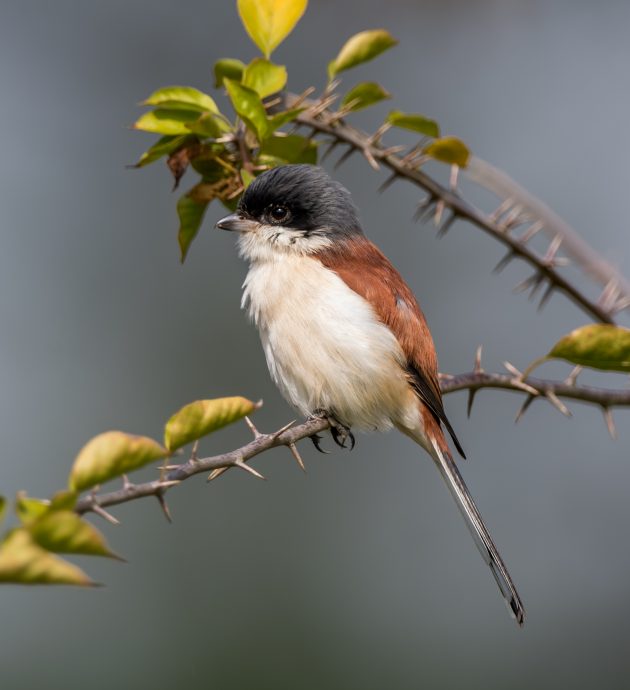
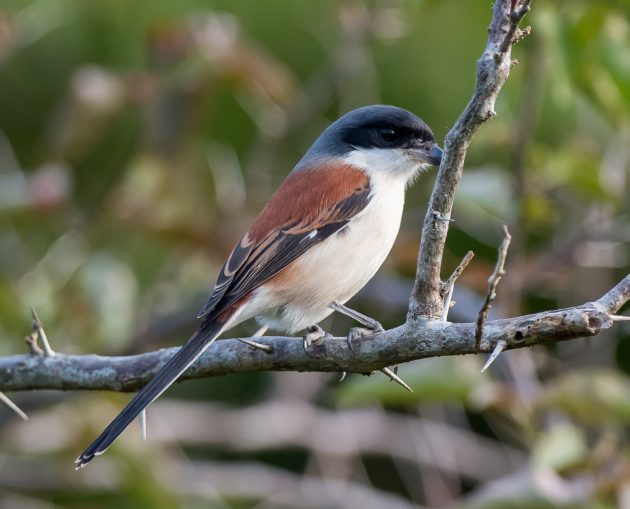
The botanical garden has quite a few Asian Openbills that are apparently very used to noisy Chinese riding around in electric carts, and thus are very easy to take photos of. Note that I specifically asked them to pose in a way that shows their true openbillness.
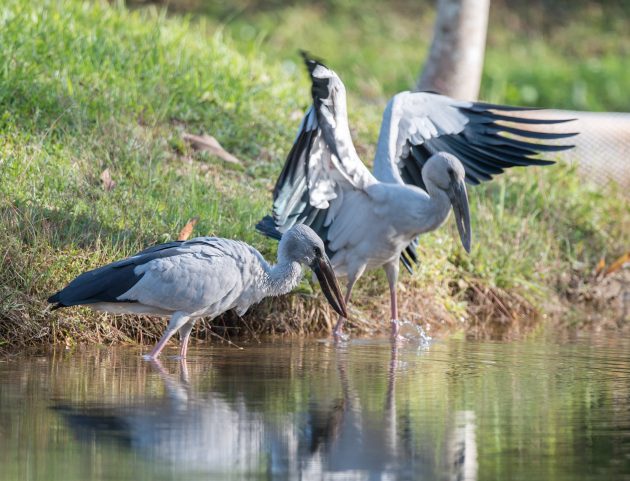
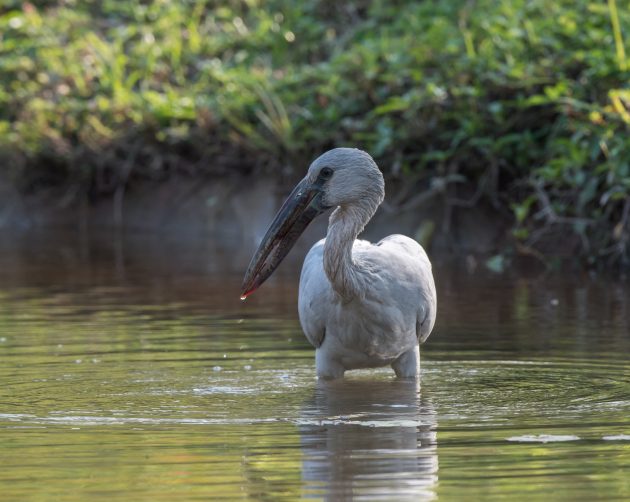
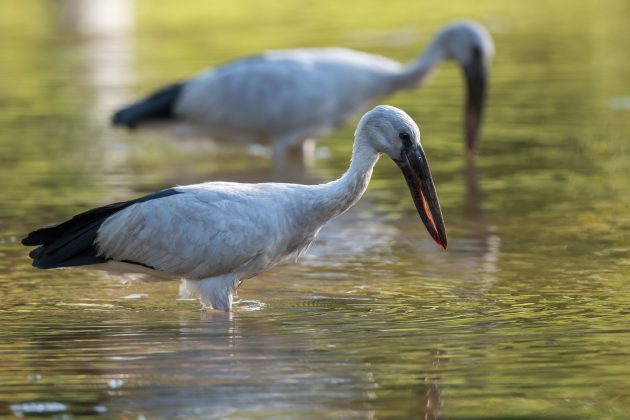
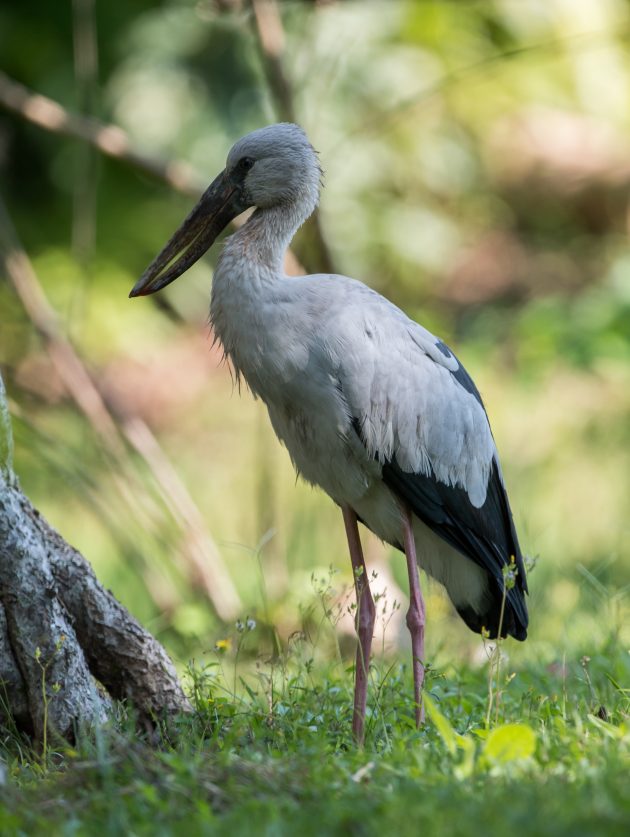
One day at Xishuangbanna, I made the mistake of trying some rainforest birding again, at a nature reserve called Wangtianshu. Helpfully, the people administering this place have highlighted the naturish aspect of this place in several ways, the most obvious being a number of life-size plastic elephants complete with movement and loud sounds every few seconds. What more can a nature lover want.
Birds, maybe? Well, they were there, but like naughty children, they were more heard then seen.
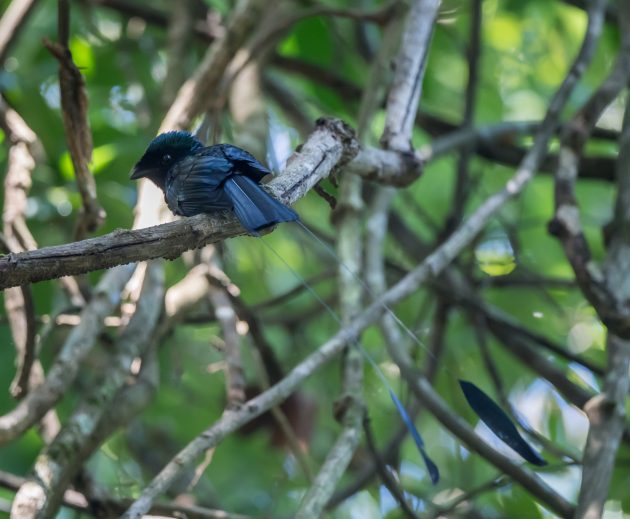
At least I got a mediocre shot of a Lesser Racquet-tailed Drongo.
Back in the Botanical Garden, the Chinese tourists – probably not spoiled for entertainment – kept pointing at me and my “Da Pao” (Big gun). I understand just enough Chinese that this reflectively makes me want to make a joke about my big gun just being a way of compensating for my small male organ. However, three reasons so far have mercifully kept me from actually making this joke, the least important of which is that the joke is of course quite bad. The other two are that my Chinese is not good enough to tell it, and that I doubt that the audience would understand it. As I have already experienced many times, Chinese seem to have difficulties with the concept of foreigners joking (or maybe the issue is just with my particular sense of humor).
Anyway, I guess you wanted to read about birds?
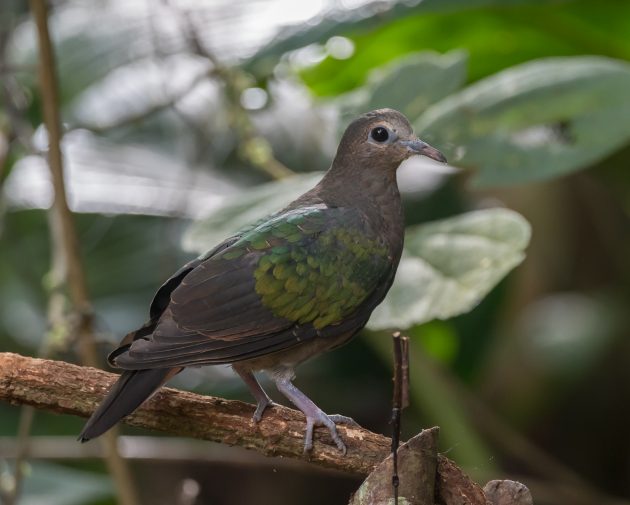
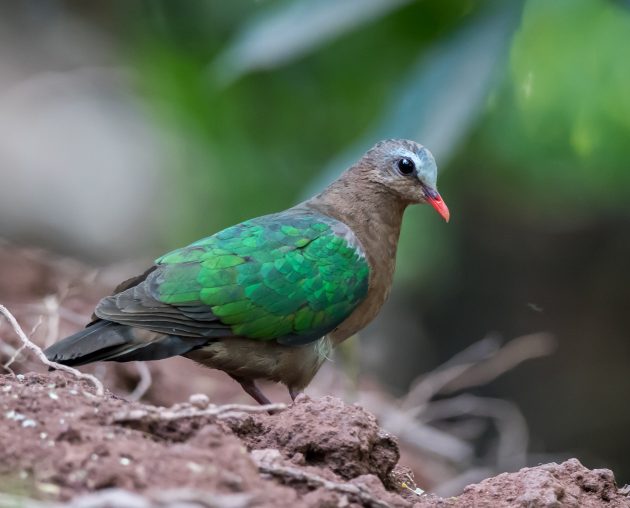
This is a Common Emerald Dove. I particularly like the slightly more subtle colors of the juvenile.
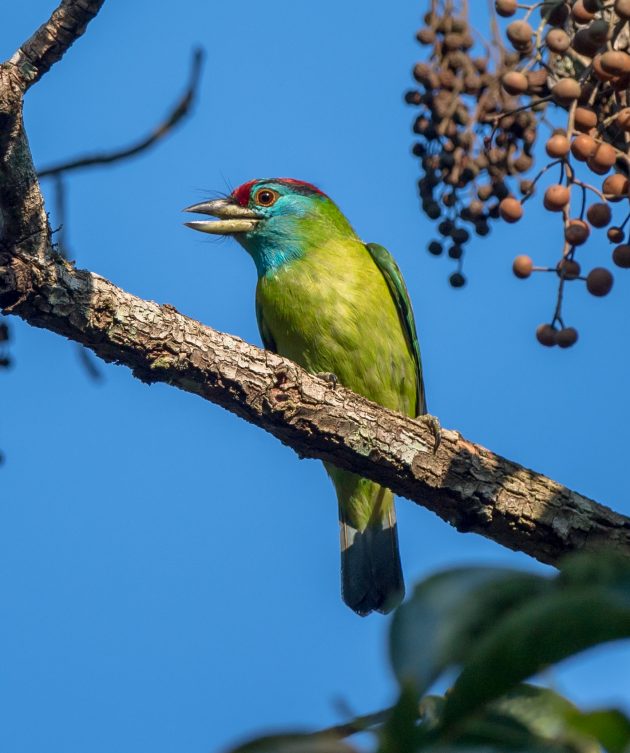
Blue-throated Barbets are quite common in the park, though they tend to be very high up in the trees. Somebody should tell them about the frog perspective making birds look unattractive.
I also spent some time in a bird hide about half an hour away from the park. It seems to be getting more and more common for local farmers to realize that setting up a hide in a good location and charging (mostly Chinese) birders a modest fee is a less strenous way of making a living than planting rubber trees (the main occupation in the hills around this area).
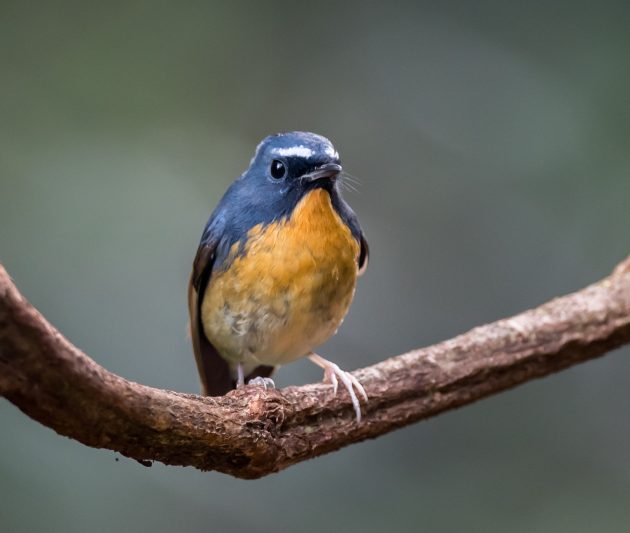
A Snowy-browed Flycatcher showed up early at the hide …
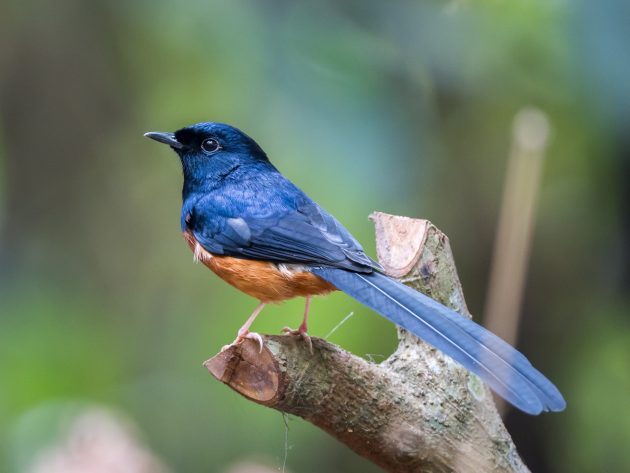
… followed by a White-rumped Shama (white-rumped: where?) …

… a cute Puff-throated Babbler …
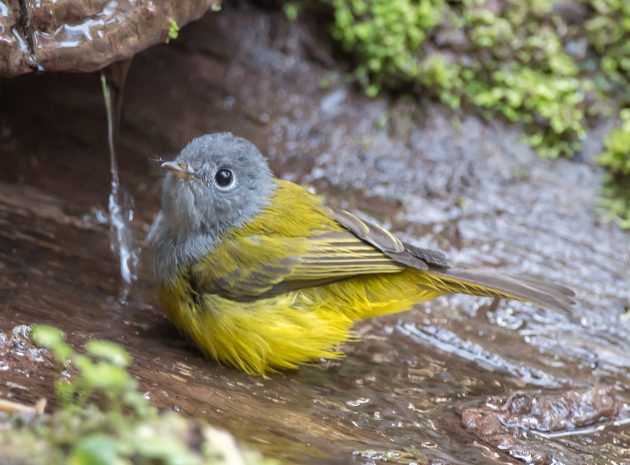
… and an even cuter Grey-headed Canary Flycatcher, also pursuing its personal hygiene while singing continously and loudly.
Then two more flycatchers, looking a bit similar:
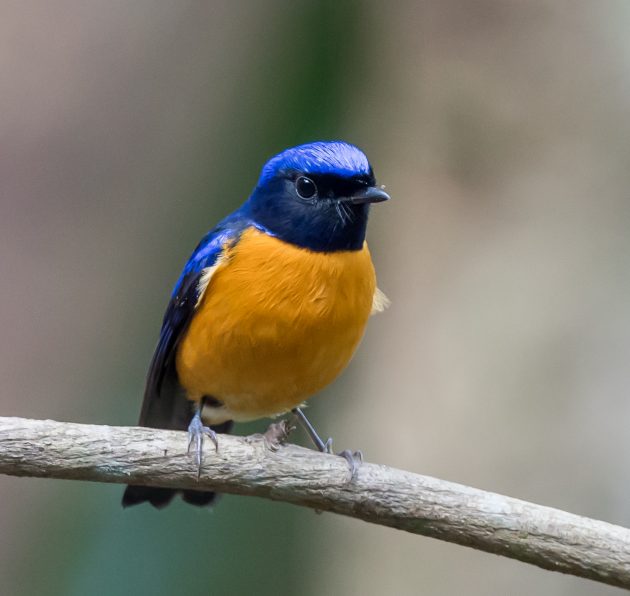
Rufous-bellied Niltava
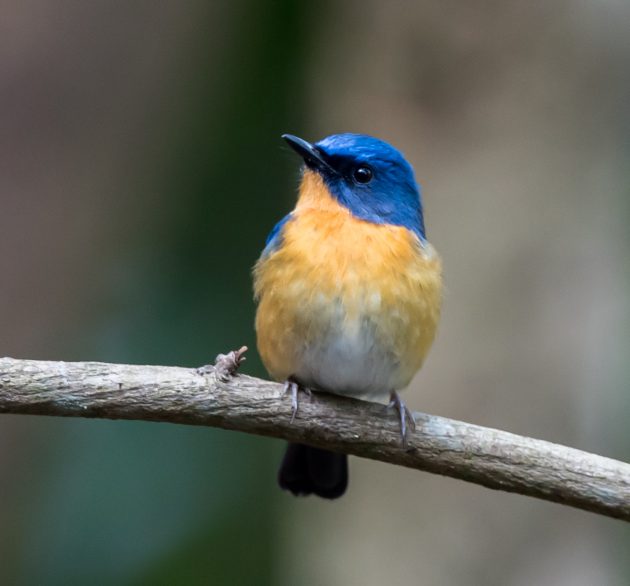
Hill-blue Flycatcher
But for me, the highlight was a little flock of Silver-breasted Broadbills.
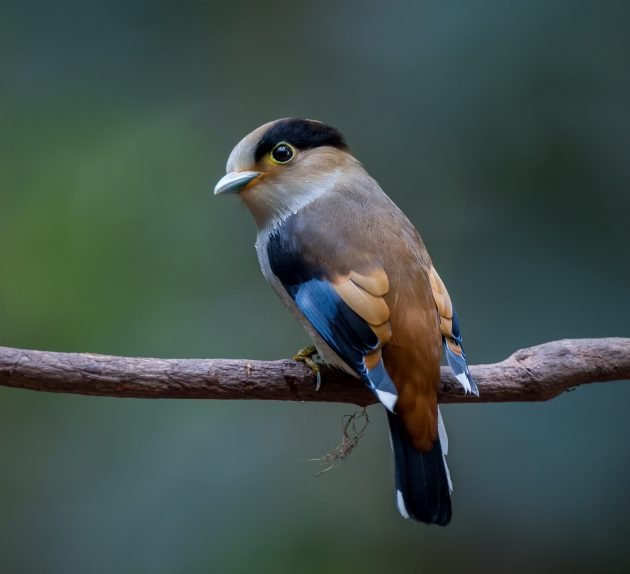

At night, I could witness another expression of “Socialism with Chinese Characteristics”. A hotel owner in the local village had become aware of a Barn Owl pair in a tree high up and right next to the roof of his hotel, and was now charging Chinese bird photographers a modest fee for tea and access to the roof.
While waiting for the barn owls, an Asian Barred Owlet made a brief appearance.
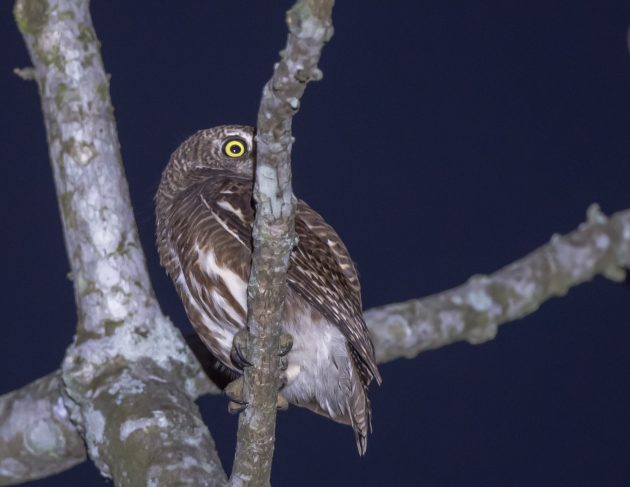
Then, the real thing came up, a male and female Barn Owl, occasionally even with some small mammal added as a bonus to the photo.
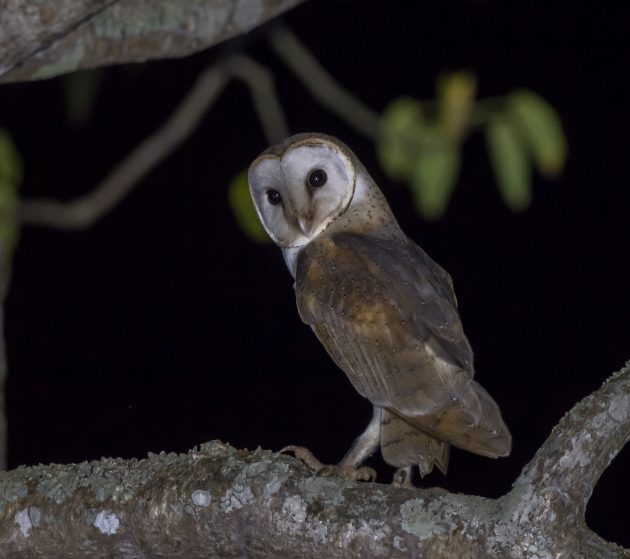
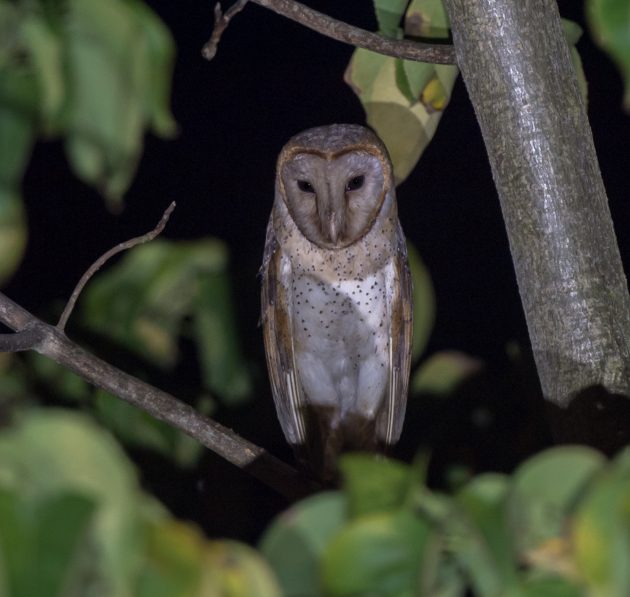
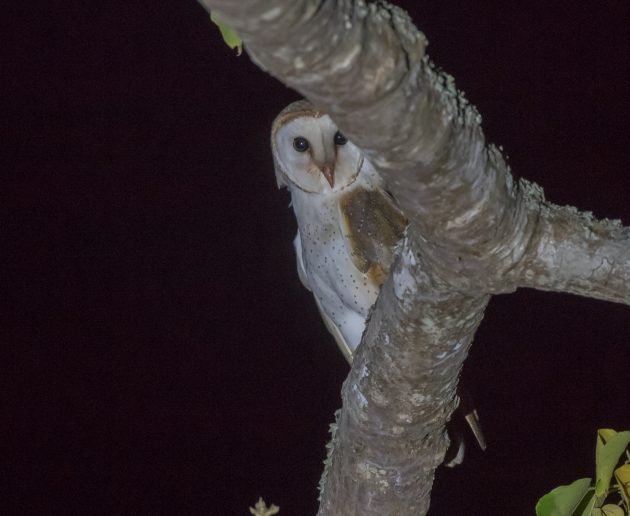
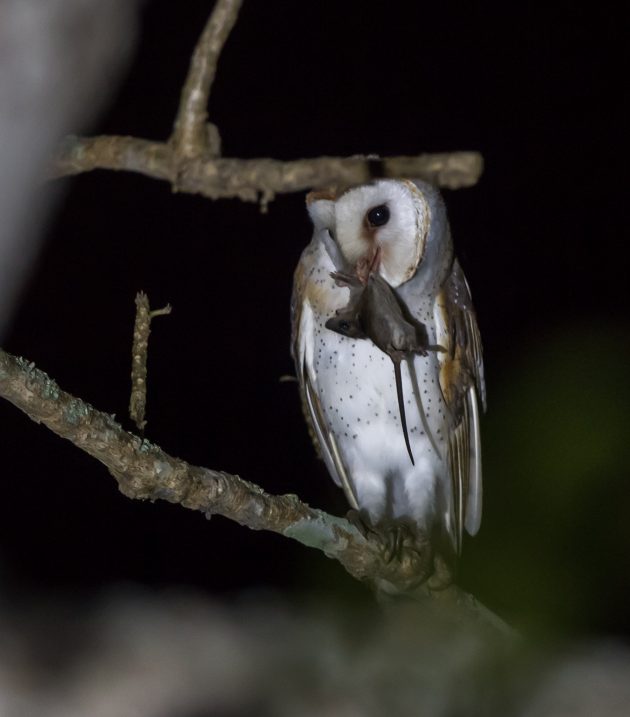
Apparently, the owls have been nesting there for more than 10 years now, and are not disturbed by the spectators. I think they must be Chinese owls.





 New writers welcome – please contact us for details.
New writers welcome – please contact us for details.

















Lovely photos. Fantastic birds. You do have a nice birdy sense of humor, but I can imagine it is not easy to translate. Thank you for posting this. It is lovely.
We are in XiShuangbanna right now and looking online for bird guides. We have only glimpsed the open bills from above. I was wondering if you know the source of the strange, very loud bird call we keep hearing.
Thanks so much for this great post. We actually booked close to the botanical garden in Xishuangbana in mid July. Though it is summer and we will miss all the migratory birds but still hoping to make good use of my “big gun”. Hopefully I can spot some of those beautiful sun birds.
I found you post while searching for bird hides in Yuanam (I am aware of Baihualing) and I really enjoy your (excellent) photos and your great sense of humour.
Thanks for make me laugh while shown me such beautiful birds.